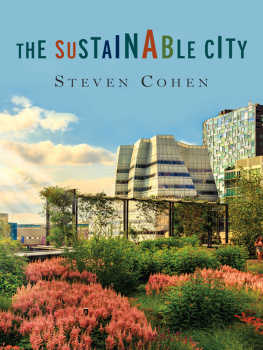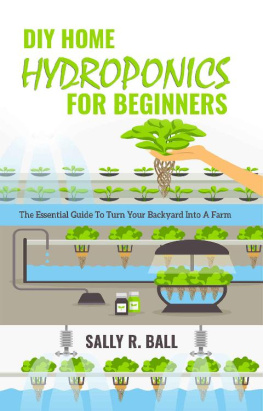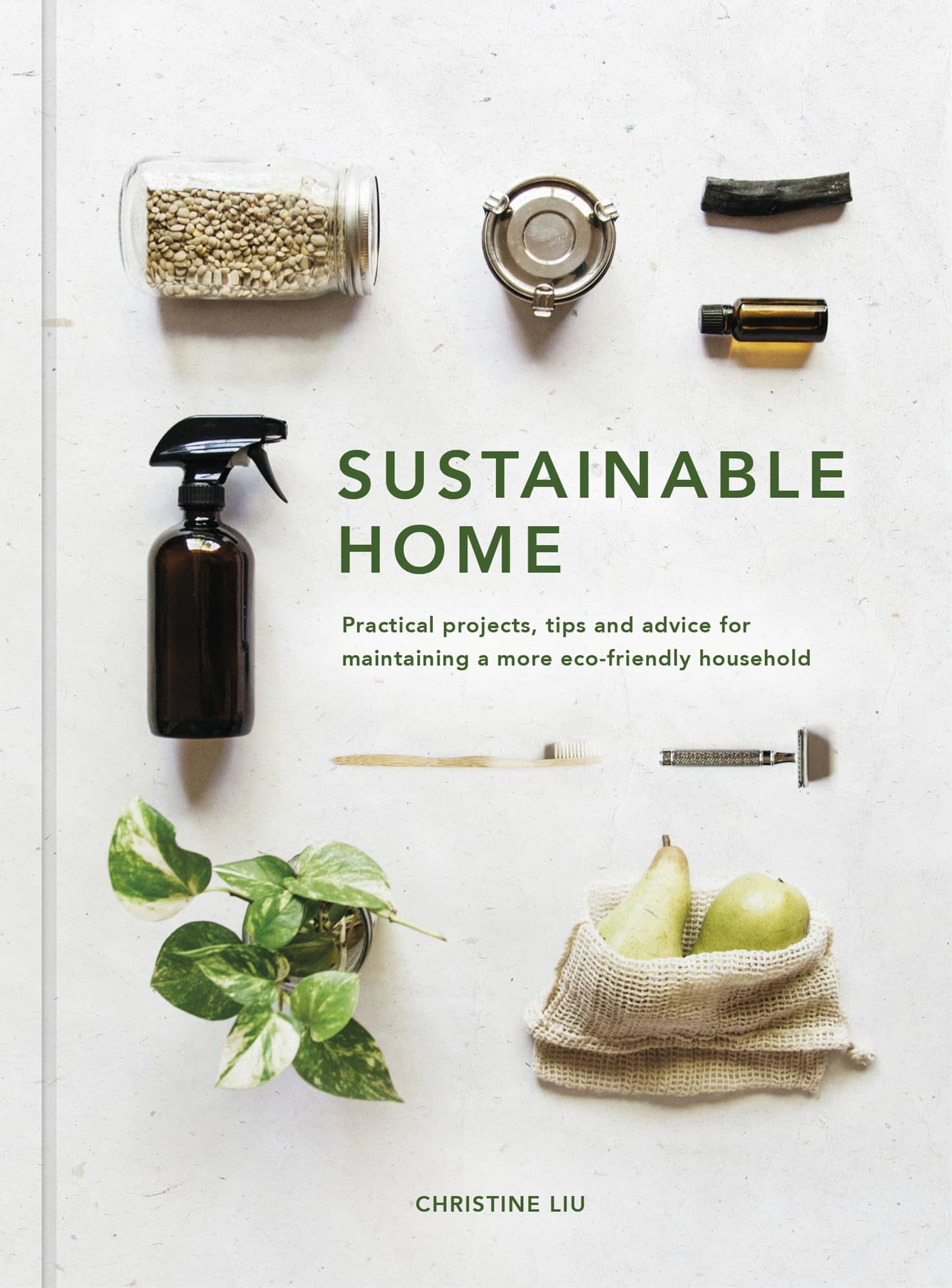SUSTAINABLE HOME
Practical projects, tips and advice for maintaining a more eco-friendly household
CHRISTINE LIU

Introduction

We are part of the Earth. Beyond the walls of our physical, man-made homes lies a unique environment perfectly suited for our survival, and ultimately our success. From their beginning, humans have utilized all this environment had to offer in order to thrive revelling in its plenty, and growing strong on its treasures. As our species evolved, we learned to innovate, all in attempts to improve our quality of life.
Revolutions in science and medicine led to industrialization and massive population growth. Sprawling cities emerged, and technologies for dealing with modern lifes desires and requirements developed at an alarming rate. Unfortunately, in the process, we lost touch and sight of our natural origins. Our connection with the planet that enabled our rise in the first place grew weaker and weaker, and the result has had devastating consequences on our environment and the creatures we walk the Earth with.
Thankfully, the modern world has started to take notice. The Paris Climate Agreement has unified countries all around the world in combating climate change, and the sustainable lifestyle movement is steadily growing it is clear that people are deciding that now is the time to act.
The task of caring for the planet may seem a mammoth one, and its easy to think that the actions of a single person can have little to no impact. However, this is not the case progressive changes to everyday actions can do your planet and yourself a world of good. So where to start? Well, thats where this book comes in
Your home is a sacred space. Hopefully a place of comfort, enjoyment, peace and wellbeing. It is within our homes that we build our livelihoods, establish our daily routines, and spend time with loved ones. Its likely that your home is the place you will spend most of your life, even if your home moves from place to place. Our home routines are prime opportunities for sustainable change. This book will take you through the four main rooms of the home the living room, kitchen, bedroom, and bathroom and each section includes information, advice and projects for living a more eco-friendly lifestyle. As you read, youll find that actions in one room can easily be applied to others. The last portion of the book also ventures into basic tips for sustainable living beyond the home sustainability doesnt have to end on the doorstep.
This book was inspired by my own decision to live simply and sustainably simply, as Ive been on a journey to slow down and live more consciously, but also sustainably, as I find that what is good for our planet is also good for us as individuals. Its taken me a few years to determine what a sustainable lifestyle looks like, but I wanted to curate my best practices into a digestible format that would be meaningful, and hopefully useful. The pictures and thoughts presented in this book are also an extension of my blog, Snapshots of Simplicity, where you can find the latest updates on my journey of living sustainably.
While we are all different, it is my hope that you will find more than a few golden nuggets in this book that will give you the push to get started on your own sustainability journey. For myself, living an eco-conscious lifestyle of greater intentionality and simplicity has led to personal growth and fulfilment in my everyday actions. Although it is a complex journey of continuous learning, investigation, and problem solving, I invite you to join me on this rewarding venture in creating a sustainable home. May the following pictures, words, and thoughts encourage you to be the change you want to see.
Living

When you first enter your home, theres a high likelihood that you will walk straight into the living area. Its here that the widest range of activities take place; whether thats relaxing on the couch as you read a book, catching up on the latest television series, or entertaining visitors. Some of the most memorable occasions Ive had with family and friends have taken place in our living rooms it is where we come to gather and socialize.
As an area of the home filled with social activity, the living room is likely to have an array of different types of furniture, decorative pieces, and electronic devices. While we walk through the most common activities and objects associated with the living room, youll begin to notice that, like in all other rooms in your home, these activities and objects have an associated impact on the planet. For example, theres a good chance that the living room sees the largest use of artificial light with lamps lighting up your night-time rituals as well as electronic devices used for your entertainment. Both will contribute significantly to your electricity usage.
Being intentional with how you furnish your living room, reducing clutter, and managing your energy usage are some of the best ways to make the living room more sustainable. You will find that many of these principles apply to other areas in the house, too, which is why this section is placed first in the book. The following pages contain baseline ideas in sustainability practices that you can carry through to all areas of your home.
Minimalism

Our world is growing, anticipated to hit a population of 9.8 billion in 2050. While its great to know that overall human health has improved, at our current consumption rates we will need the equivalent of almost three planets to sustain the future population.
Overconsumption can be attributed to the meteoric rise of consumerism since the Industrial Revolution. Worldwide, our expenditure on household goods and services has quadrupled, going from $5 trillion to $20 trillion in just forty years. Clever marketing convinces consumers that they need the latest and greatest products available; and planned obsolescence intentionally designing a product with a limited useful life only perpetuates the problem. It has led to a culture of instant gratification, with companies creating more and more products at greater speed to satisfy consumer demand. As a result, consumers are trapped in a cycle of purchasing lower quality goods that they may not even need, and businesses continue to push for new products, continually extracting raw materials from our earth without considering the planets resource limits.
Beyond resource depletion, it is estimated that 95 per cent of a products carbon impact can be attributed to its manufacture (unless it is an electronic device, in which case it uses quite a bit of electricity in its working lifetime too). In addition, for every pound of product generated, seven pounds of waste are produced in the manufacturing process before it even gets to the customer. Most of us have no idea what is going on behind the scenes of the products that we purchase, but knowledge is power and we can change our habits! The next time you consider a new addition to your living room, such as a game console, a new television, or another piece of furniture, consider all the inputs and waste that product may have caused; from extraction of raw material, to manufacturing and transportation.






















